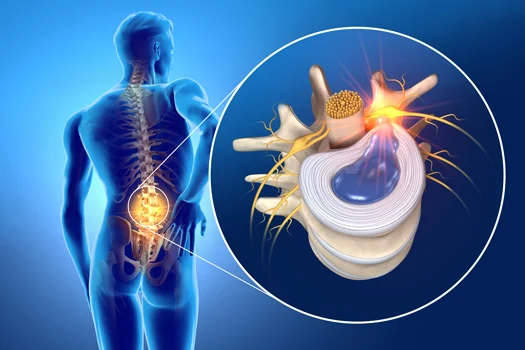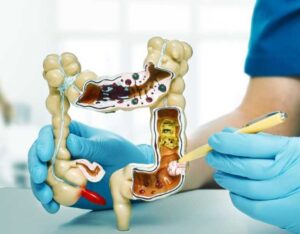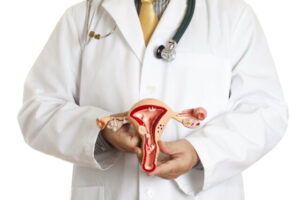
A herniated disc can cause lasting pain and limit mobility; recovery doesn’t end once the initial symptoms subside. Long-term healing often requires a combination of medical care, lifestyle adjustments, and consistent self-management strategies. Understanding what to expect during this process can help set realistic goals and reduce uncertainty.
Understanding the Recovery Timeline
The recovery timeline for a herniated disc varies from individual to individual. Factors such as the severity of the herniation, your overall health, and the treatment approach all play a role. Nonsurgical methods are often the first line of defense and can be highly effective.
For some, the pain from a bulging disc may resolve with rest and modified activity. For others, a structured plan involving physical therapy is necessary to regain strength and mobility. Patience is a key component during this phase, as the body needs time to heal. Following a healthcare provider’s guidance helps make sure your recovery stays on track.
Identifying Components of Long-term Recovery
Effective long-term recovery from a bulging disc involves a combination of strategies tailored to support healing and prevent recurrence. The following are key components to contemplate:
- Adherence to a Physical Therapy Program: Regularly performing prescribed exercises helps rebuild strength, enhance flexibility, and improve spinal alignment.
- Ergonomic Adjustments: Modifying workspaces and daily routines to promote proper posture and reduce strain on the spine can aid recovery.
- Weight Management: Maintaining a healthy weight reduces undue pressure on the spine and lessens the risk of further disc issues.
- Gradual Return to Activity: Avoiding sudden or intense physical exertion allows the body to adapt and strengthen itself over time.
- Ongoing Communication with Healthcare Providers: Regular check-ins make sure that recovery is progressing as planned and allow for adjustments to the treatment plan if necessary.
By consistently implementing these strategies, individuals can support their recovery process and minimize the likelihood of future complications.
Adopting Lifestyle Adjustments
Making specific lifestyle adjustments is helpful for preventing the recurrence of a herniated disc. Maintaining proper posture is one of the most effective strategies. Make sure your back is straight when sitting or standing, and avoid slouching. Contemplate using ergonomic chairs and desks if you spend long hours at a computer.
Regular, low-impact exercise also supports spinal health. Activities such as walking, swimming, or cycling can help strengthen your back muscles without placing excessive strain on your spine. Maintaining a healthy weight is also beneficial, as excess body weight can increase the load on your spine and contribute to disc problems. Learning proper lifting techniques, using your legs instead of your back, will also reduce the risk of re-injury.
Exploring Surgery and Treatment Options
If conservative treatments fail to provide relief after several months, or if you experience severe symptoms like significant muscle weakness or loss of bladder control, your doctor may recommend advanced treatment. Surgical options aim to relieve pressure on the affected nerve. Advanced treatments like epidural steroid injections can also be an option. These injections deliver anti-inflammatory medication directly to the area around the inflamed nerve, providing long-term pain relief. A consultation with a pain management specialist can determine the most appropriate course of action for your specific condition.
Book Your Herniated Disc Appointment
Recovering from a herniated disc is a process that requires a dedicated approach to treatment and lifestyle changes. With the right care plan, you can manage your symptoms effectively and resume your daily activities. For persistent pain from a slipped or bulging disc, contact a trusted pain management specialist near you to schedule a consultation and explore specialized care options.





